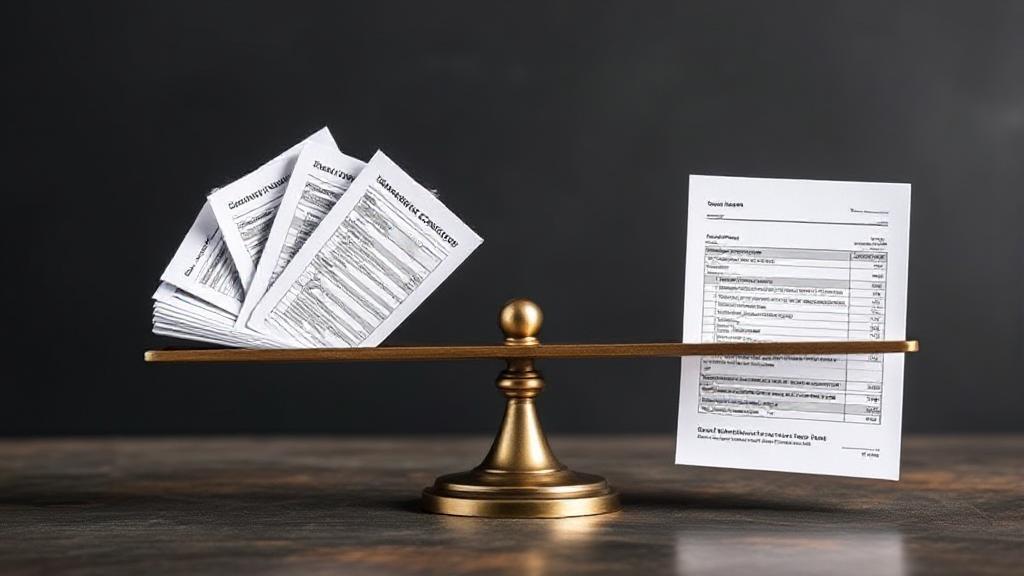Understanding Brokerage Accounts
A brokerage account is a type of financial account that allows you to buy and sell various investment products such as stocks, bonds, mutual funds, and ETFs. These accounts are typically offered by brokerage firms and can be a crucial part of your investment strategy.
Types of Brokerage Accounts
- Individual Brokerage Account: A standard account held in one person's name
- Joint Brokerage Account: A shared account held in the names of two or more people
- Retirement Account: A tax-advantaged account designed for retirement savings, such as an IRA or 401(k)
- Taxable Brokerage Account: A non-retirement account subject to capital gains tax
- Custodial Account: An account held in the name of a minor, managed by an adult
Primary Considerations
Investment Goals
Different accounts often serve different purposes:
- Long-term retirement account
- Short-term trading account
- Children's education account
- Specialized account for options trading
Tax Efficiency
Multiple accounts can help optimize your tax situation:
- Traditional IRA
- Roth IRA
- Taxable brokerage account
- Health Savings Account (HSA)
SIPC Protection
The Securities Investor Protection Corporation (SIPC) provides up to $500,000 protection per brokerage account. High-net-worth investors might want multiple accounts to ensure full coverage.
Benefits of Multiple Accounts
Portfolio Organization
Separate accounts can help you:
- Track different investment strategies
- Maintain distinct asset allocations
- Monitor performance for specific goals
- Keep retirement and non-retirement investments separate
Risk Management and Diversification
- Different brokers specialize in certain types of investments
- Spreading assets across accounts can protect against brokerage failures
- Some brokers offer better research tools
- Different fee structures benefit different trading styles
Drawbacks of Multiple Accounts
Administrative Overhead
More accounts mean:
- Multiple statements to review
- Several passwords to manage
- Additional tax forms
- More complex rebalancing
Minimum Balance Requirements
Recommended Configurations
Beginning Investors
Start with one or two accounts:
- A retirement account (401(k) or IRA)
- A basic taxable brokerage account
Intermediate Investors
Consider three to four accounts:
- Traditional IRA
- Roth IRA
- Taxable account
- Specialized trading account
Advanced Investors
May benefit from five or more accounts:
- Multiple retirement accounts
- Trading accounts at different brokers
- Specialized accounts for different strategies
- Trust accounts
Best Practices
"The key to successful investing isn't about having multiple accounts – it's about having the right accounts for your specific needs and managing them effectively."
Regular Review
Conduct quarterly reviews to ensure your account structure continues to serve your needs.
Account Consolidation
Consider consolidating accounts if:
- You're spending too much time on administration
- You're paying unnecessary fees
- Your investment strategy has simplified
- You're approaching retirement
Documentation
Maintain clear records of:
- Account numbers
- Login credentials (stored securely)
- Investment objectives for each account
- Beneficiary designations
For more detailed information about brokerage accounts, visit the FINRA website, Investopedia's Guide to Brokerage Accounts, or NerdWallet's Best Online Brokers. You can also consult with a qualified financial advisor who can provide personalized recommendations based on your specific situation.
